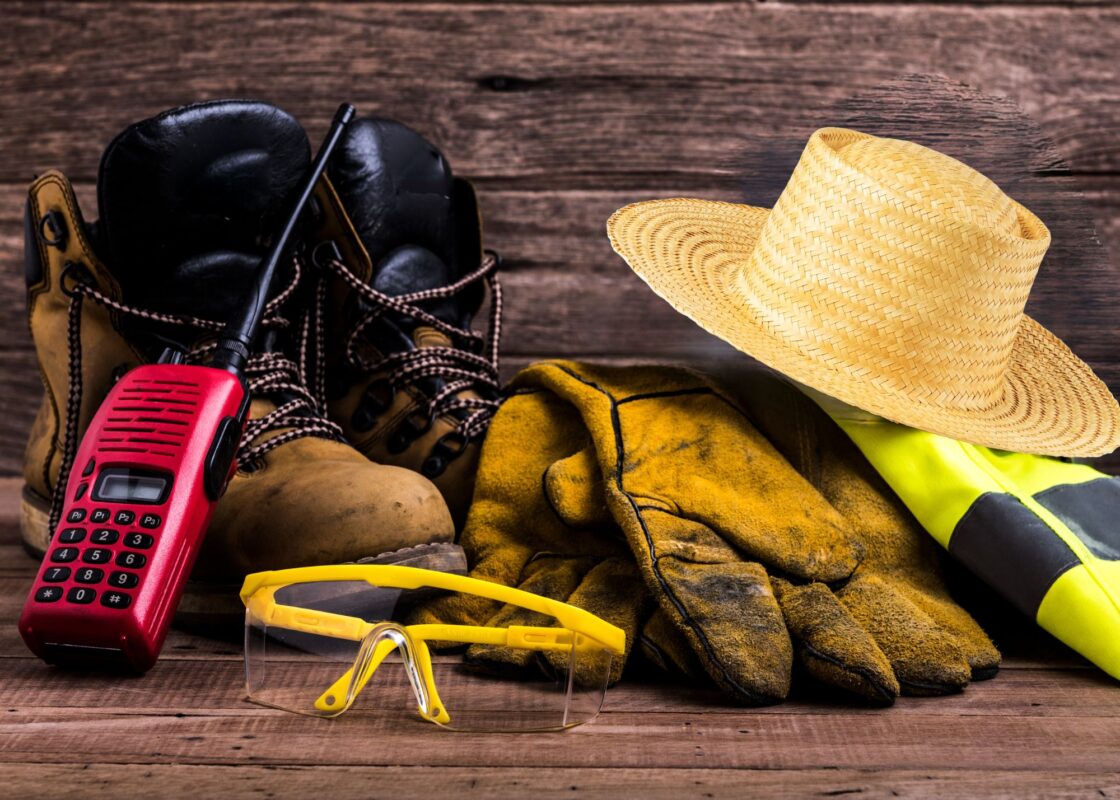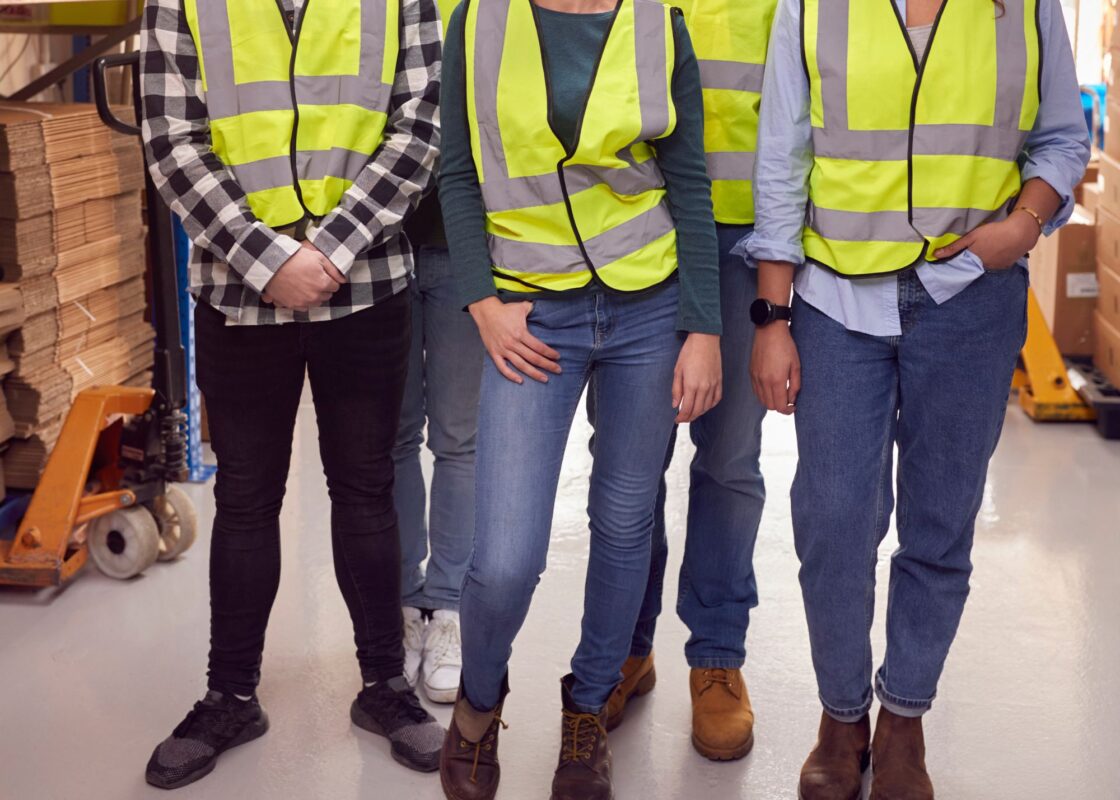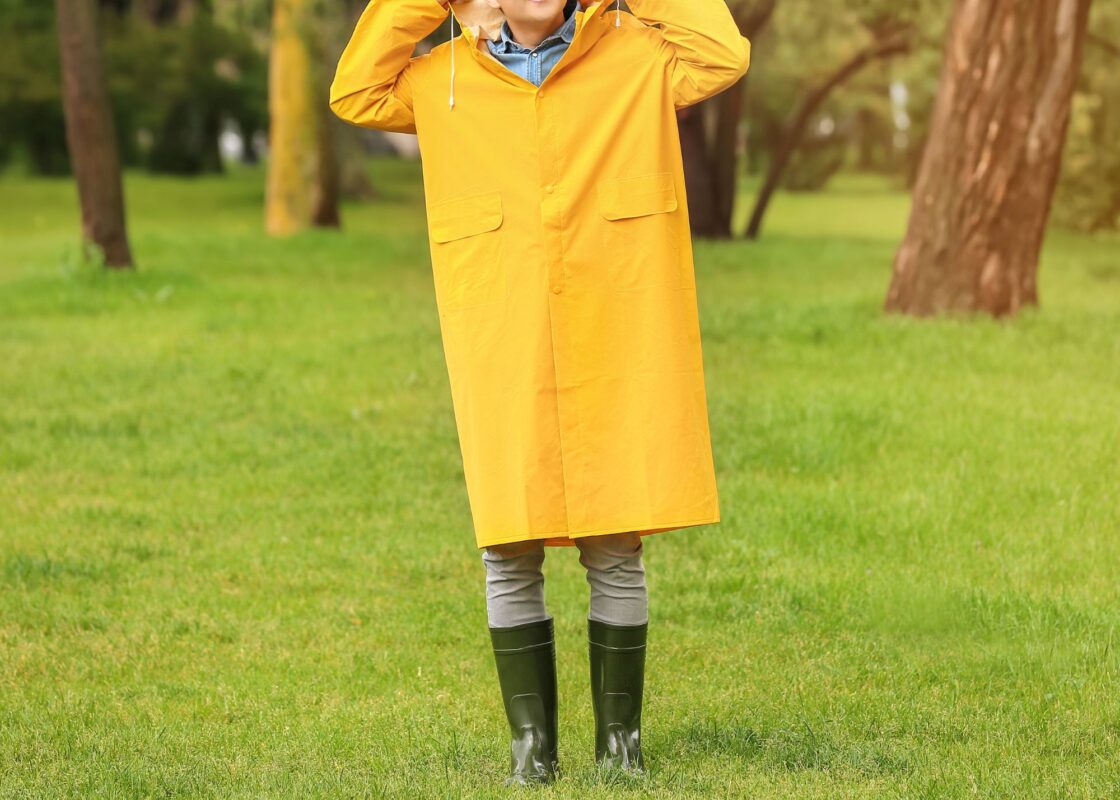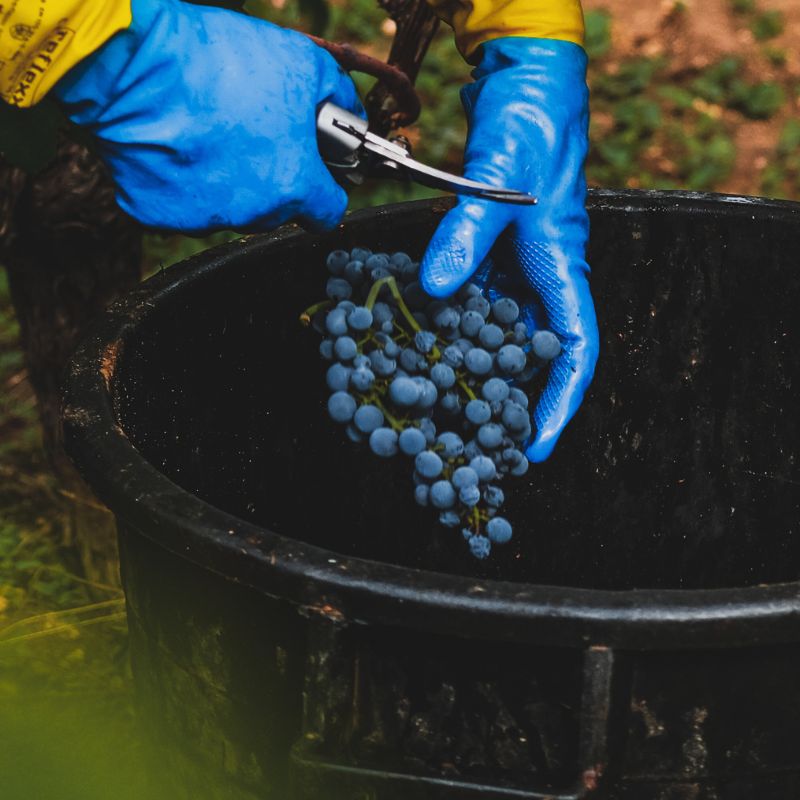So, you’ve got a camper van, a tent, and a copy of the Harvest Guide – you’re ready to do seasonal farm work picking fruit or vegetables. But do you need special equipment or clothing, and do you have to supply it yourself or will it be provided for you?
Farm work varies considerably, depending what is grown. And even if you narrow it down to horticultural work – fruit and vegetables, there is still a wide variety of produce, and farm jobs that go with it.
Work in horticulture could be divided into two different categories – indoors and outdoors. So while suitable work clothing will differ, some basic principles remain the same. They include safety in the work setting, protection from the environment and comfort. And of course, some jobs will require you to work in both situations.

Inside work
Indoor work is likely to be inside a packing shed, cool room, or another on-farm structure. Although you are out of the elements, you will probably be working around machinery, both static and mobile. So, the most important thing here is to be visible. It is far better for a forklift driver to see you and avoid you, rather than wearing a suit of armour in case you are struck.
So, a brightly coloured shirt or vest is essential. These are referred to as high visibility or ‘hi-vis’ for short, and are usually orange or lime green. While most packing sheds will provide a hi-vis vest, they are often universal size and don’t necessarily fit comfortably. If you have hi-vis shirts of your own, comfort is more assured. They can be purchased cheaply from discount clothing stores, and even second-hand opportunity shops.

The chances of dropping an object on your toes in a shed environment are probably quite high, so employers will insist you wear solid, covered footwear, preferably boots. Some will require safety boots with extra protection for the toes, often called ‘steel-caps’. Although some employers may supply safety boots for their permanent staff, they are unlikely to do so for casual, seasonal workers, so you will need to have your own. And as you are likely to be on your feet all day, soft inner soles will help for comfort. Buying better quality boots can be worth their weight in gold and a sound investment.
Static machinery in sheds is common, so close-fitting clothing is best to ensure it cannot get caught up in moving parts, which can cause serious injury and even be fatal. Long hair provides the same risk, so ensure it can be tied back for work. Depending on the produce being handled, some sheds will require hair and/or beard nets to be worn, but if that is the case, disposable ones will usually be provided.
The other type of indoor work can be in a glasshouse or under plastic poly-tunnels. Work clothing under tunnels is not much different that working outside in the field. However, glasshouses can be very controlled environments, some in almost laboratory conditions. If specialty clothing is required, such as full overalls and head covering, that will be supplied by the employer.
Outside, in sunshine or rain
Out in the field you will be exposed to whatever the weather can throw at you, so be prepared. Always protect yourself from the sun – a broad brimmed hat and long sleeves is ideal. But when it’s cold and wet you will need to rug up in warm clothing that still allows you to move freely. As these are normal working conditions on most farms, you will be expected to have your own suitable clothing. For working in the rain, some employers will supply plastic raincoats or ponchos, but not always. So, make sure you know what weather conditions you might expect to be working in, and find clothing as needed.

Once again, there will be moving machinery in the field, so visibility is important here too. Hi-vis shirts, jackets and raincoats are available, so always consider them in your work wardrobe.
Field work will definitely require solid boots, and again, safety boots are sometimes expected. If conditions are particularly muddy, knee-high rubber boots known as ‘gum boots’ or ‘wellington boots’ might be needed, and these are also available with safety caps. Although these are more likely to be supplied by the farm, they may not have your exact size, so it probably pays to buy your own if needed for that job because well-fitting boots are important. For maximum comfort, it is best to wear thick socks with work boots, so have a few pairs in your luggage.
In dry conditions, mud may be replaced with loose dirt, twigs, thorns, prickles and grass-seeds. If wearing shorts, it may be beneficial to wear gaiters over your socks. These are like a mini poncho for your socks, made of sturdy material with an elastic top to hold them up. Farms are not likely to supply gaiters, but they are not expensive to buy.
Where to buy
For a full range of safety workwear, especially for a choice of quality work boots, specialist safety stores will have everything needed. Be aware some high-quality garments will be expensive, especially warm weather jackets and boots. The large stores with a full range are only found in cities and large country towns, so make sure you have what you need before you travel to the farm. While you may be able to buy some equipment from rural agencies in smaller towns, don’t expect a large range or bargain prices. Boots in particular may be available in only the most common sizes in small stores.
What about equipment?
Some jobs require specialist equipment which will usually be stated in a vacancy listing. These can include snips, picking bags or secateurs. Generally, the farms will provide these, but don’t be surprised if you are asked to pay a bond when they are supplied, as this gear is frequently lost or stolen. If a bond is expected, ensure the conditions are clear, in writing, and signed for by the farm as well as you. Deductions from your wages for equipment or a bond must be agreed by you in writing and for your benefit, otherwise it is not permitted.

It is not uncommon for employers to expect their workers to have their own equipment, especially when experienced staff are preferred. The advantage of having your own is you control the quality of the item rather than being supplied with a cheap version that may be harder to use. Quality hand pruning gear in particular reduces muscle fatigue and allows you to maintain speed, which can pay for itself if working on piece-rates.
And while many of these items are low cost manual tools, power operated versions are often available. For example, battery operated pruning equipment is common but may be several hundred dollars for commercial versions. As a casual employee you will not be expected to have your own equipment of this type, it will be limited to those working under contract as a specialist.
You need clothes anyway…
So, know what type of clothing you will need for the jobs you are applying for so you are ready when the opportunity arises. Most are universal and can be used for general life once your farm work is finished, it need not be wasted, but know which are specific so you don’t invest in something you don’t need. If you start by buying just a hi-vis top, sturdy boots and a hat, you will be ready to go for most seasonal fruit and vegetable jobs, and you can get these without breaking the bank.
